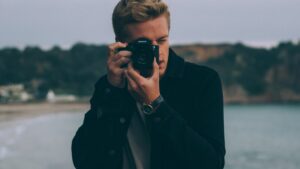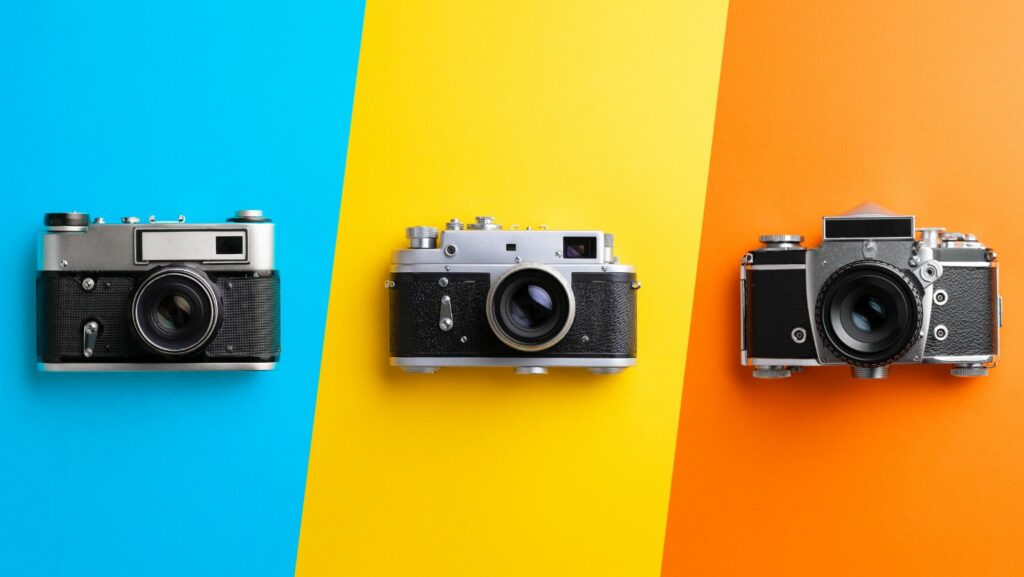In a world where visual storytelling reigns supreme, art-rich photography emerges as a powerful medium that transcends traditional boundaries. This captivating form of photography blends artistic expression with technical prowess, creating images that not only capture moments but also evoke emotions and provoke thought. As photographers explore this dynamic intersection of art and photography, they unlock endless possibilities for creativity and innovation.
For those passionate about photography or simply seeking inspiration, delving into the world of art-rich photography offers a fresh perspective on capturing life’s beauty and complexity.
Art Rich Photography

Art rich photography involves blending artistic techniques with photography to create impactful visuals. Photographers in this field use elements like composition, light, and shadow to construct visual narratives. These techniques elevate scenes from mundane to extraordinary, providing viewers with new insights and experiences.
Photographers often employ composition techniques such as rule of thirds or leading lines to guide the viewer’s eye. Light manipulation, whether natural or artificial, enhances the mood and depth of the images. Shadows add texture and dimension, contributing to the visual story being told.
This photography style requires technical skill and creative vision. The photographer’s ability to capture the interplay of light and shadow is crucial. Art rich photography beckons viewers to see beyond the image to the narrative it presents, making it a deeply engaging form of art.
Key Elements of Art Rich Photography
Art-rich photography hinges on mastering key elements that contribute to evocative imagery. These elements define the art’s impact on both the viewer and their understanding of the visual narrative.
Composition Techniques
 Effective composition techniques are central to art-rich photography. Photographers use various methods to guide viewers’ attention and enhance storytelling. The rule of thirds divides images into equal parts, placing subjects along these lines for natural interest.
Effective composition techniques are central to art-rich photography. Photographers use various methods to guide viewers’ attention and enhance storytelling. The rule of thirds divides images into equal parts, placing subjects along these lines for natural interest.
Leading lines carry the viewer’s eye through the photo by following natural elements like roads or pathways. Symmetry and balance provide visual harmony, often used to evoke calmness. Asymmetry disrupts this balance to provoke a sense of movement or tension.
Use of Light and Shadow
Light and shadow interplay is crucial in art-rich photography, shaping a photo’s mood and depth. Natural light sets different tones depending on the time of day, with golden hour creating a warm, soft glow. Photographers manipulate artificial light to emphasize subjects or add drama. Shadows introduce texture and dimension, often used to reveal details otherwise missed.
Color and Texture
Color and texture play significant roles in enriching photographs with emotional impact. Color theory guides photographers in choosing palettes that convey specific feelings; for example, warm colors evoke comfort while cool tones suggest calmness. Texture contrasts, achieved through elements like fabric or surfaces, add tactile depth, inviting viewers to almost feel the scene. Together, color and texture create a visceral connection, enhancing the overall sensory experience of the image.
Tips for Creating Art Rich Photography
Creating art-rich photography requires both creativity and technical prowess. Photographers aiming to produce evocative and compelling images should focus on two main aspects: developing a personal style and mastering practical techniques and tools.
Developing a Personal Style

Developing a personal style is essential for standing out in art-rich photography. Photographers can begin by exploring varied artistic influences and identifying elements that resonate with their vision, such as color palettes, composition styles, or preferred subject matter. Consistency in these elements fosters a distinct identity.
Experimenting with different genres, from portraiture to landscapes, allows photographers to discover unique approaches that differentiate their work. Staying true to one’s artistic inclinations enhances the authenticity of the visual narratives created.
Practical Techniques and Tools
Practical techniques elevate the quality of art-rich photography. Mastering technical aspects like exposure, aperture, and ISO settings is fundamental for capturing expressive images with precise control over light and depth of field. Tools such as tripods and remote triggers ensure stability in challenging conditions and enable creative long exposure techniques.
Post-processing software like Adobe Lightroom and Photoshop allows for fine-tuning colors, contrast, and details to enhance the visual impact further. As photographers continue to push creative limits, art-rich photography will undoubtedly remain a significant force in shaping cultural narratives and fostering a profound appreciation for the world around us.



